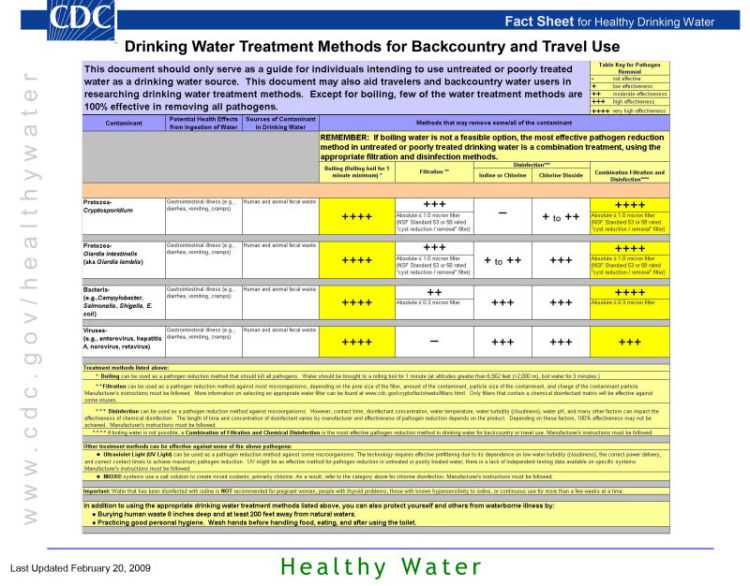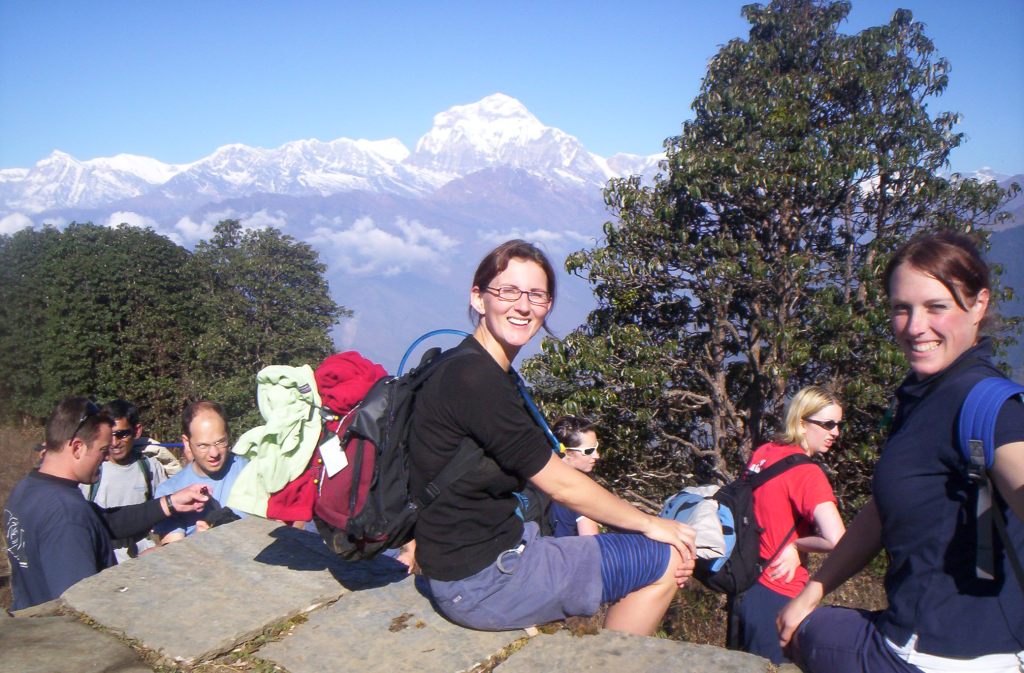I see the question: “I’m travelling overseas soon, how do I avoid disposable plastic bottles of water where there are doubts about the water quality” a lot in zero waste groups and it seems like many people are suspicious of, or overlook using the most effective and cheapest method of water disinfection available.
I don’t know why people overlook this method, maybe marketers have done an excellent job of convincing people to buy their stuff, but it’s encouraged me to point you in the direction of scientific advice from organisations that aren’t trying to sell you something.
The advice comes from the Centres for Disease Control and Prevention and from the World Health Organisation (WHO), and it is that heating water to a rolling boil (heat disinfection) is the most effective way to treat water and kill waterborne pathogens that make you sick.

The pathogens are all inactivated at temperatures below boiling but by achieving a rolling boil you get a visual clue as to when this has been achieved. To be absolutely certain you can boil water for one minute or for three minutes at high elevations.
People with weakened immune systems (such as myself), pregnant women and infants are groups especially at-risk from water-borne disease like Cryptosporidium, so should make a special effort to boil water and store it in a clean container when travelling in areas with unsafe water. According to WHO, bottled water certified under national and international water quality standards are generally considered nearly as safe as boiled water. Interesting.
After the water has reached a rolling boil, leave it to cool naturally (perhaps overnight) and protected from recontamination. So don’t add ice made from unboiled water or perhaps a utensil that hasn’t been washed properly.

Now that I’ve addressed the reliability of boiling water as a method of disinfection I’ll address the accessibility of this option.
My bet is that most travellers aren’t going off into the wilderness and will have access to a kettle in their room allowing them to boil as much water as they can carry each day with the click of a button. Even if you are camping in the wilderness, you might be using a fire for warmth and cooking, so you can boil your water as well.

Do your research and check with your accommodation and planned activities about their facilities and accessibility to drinking water. It’s now more commonplace for hotels around the world to supply free drinking water in reusable glass bottles or reusable large plastic containers. This combined with other safe beverages (tea, coffee, beer, wine, carbonated drinks, pasteurized or canned juice) that you may be drinking on your trip is probably enough to get by. But it’s not just the hotels with safe water initiatives, tea houses along trekking routes may be able to provide you with boiled water also.
Don’t get me wrong, I understand that boiling water is not always possible for some travellers, but for a great deal it is and it is perfectly safe – that’s the point I want to stress. And you won’t have to spend extra money on a thing you might not ever need again or which requires you to replace parts after a period of use.
If boiling water is not possible, a combination of filtration and chemical disinfection is the next most effective pathogen reduction method for drinking water according to the sources above. Make sure you do your research if you decide to go down this route, you need protection from viruses, bacteria and protozoa. Something as simple as Aquatabs might be enough and are a cheap option allowing you to use whatever reusable water container you have already with only a teensy bit of waste (and I’ve never noticed a bad taste from them). Steripens and Lifestraws seem popular among travellers these days so if you’ve been considering those you might like to read this review I found, along with the information in the links above.

I hope this information helps you to make an informed decision that is right for you.
Things to note:
There are many ways you can get sick while travelling and contaminated food is a major source of illness, not just drinking water.
If there are concerns about heavy metals or chemicals in the water, boiling and other pathogen removing methods won’t remove the heavy metals or chemicals.

Do you just boil the kettle once? Or reboil it a few times so that it equals 1 minute?
LikeLike
Most kettles will turn off after a few seconds of a rolling boil which should be fine but to make sure, I reboil it a couple of times, not necessarily till it equals a minute.
LikeLike
Great photo in Nepal. Where exactly were you? I’m currently in Nepal having just been to Annapurna Base Camp. There are businesses run by women in the Annapurna Conservation Area that sell safe filtered sterilized water to trekkers (to fill own containers). Great to support these initiatives.
LikeLiked by 1 person
This is on the Annapurna Sanctuary Trek, on the way to base camp – in 2005. I don’t have a great memory so I can’t remember exactly which bit of the trek this is. It was a great experience.
LikeLike